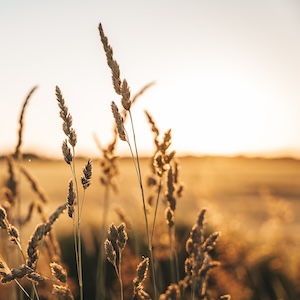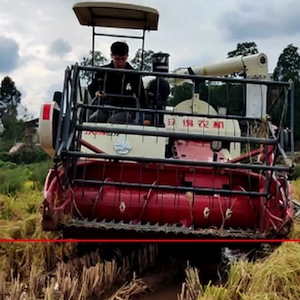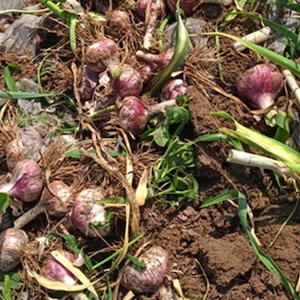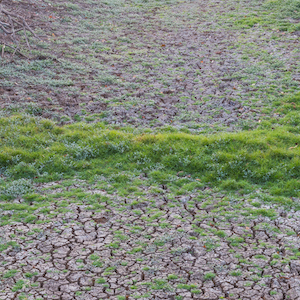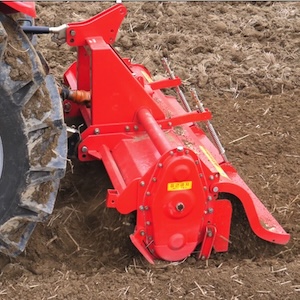Design and experiments of an integrated device for shrimp orientation and decapitation

Published: 16 October 2024
Abstract Views: 258
PDF: 133
HTML: 4
HTML: 4
Publisher's note
All claims expressed in this article are solely those of the authors and do not necessarily represent those of their affiliated organizations, or those of the publisher, the editors and the reviewers. Any product that may be evaluated in this article or claim that may be made by its manufacturer is not guaranteed or endorsed by the publisher.
All claims expressed in this article are solely those of the authors and do not necessarily represent those of their affiliated organizations, or those of the publisher, the editors and the reviewers. Any product that may be evaluated in this article or claim that may be made by its manufacturer is not guaranteed or endorsed by the publisher.
Similar Articles
- Molla Mekonnen Alemu, Hussein Gadain, Brigadier Libanda, Understanding land use and land cover change in a prolonged conflict affected farming system: the case of Tuban district, Yemen , Journal of Agricultural Engineering: Vol. 56 No. 1 (2025)
- Lara Riguccio, Giovanna Tomaselli, Laura Carullo, Danilo Verde, Patrizia Russo, Identifying areas suitable for wine tourism through the use of multi-criteria and geographic information system: the method and its application in the countryside around Mount Etna (Sicily) , Journal of Agricultural Engineering: Vol. 48 No. 2 (2017)
- Elio Dinuccio, Fabrizio Gioelli, Dalibor Cuk, Luca Rollè, Paolo Balsari, The use of co-digested solid fraction as feedstock for biogas plants , Journal of Agricultural Engineering: Vol. 44 No. 4 (2013)
- Giovanni Francesco Ricci, Faouzi Zahi, Ersilia D'Ambrosio, Anna Maria De Girolamo, Giuseppe Parete, Taha-Hocine Debieche, Francesco Gentile, Evaluating flow regime alterations due to point sources in intermittent rivers: A modelling approach , Journal of Agricultural Engineering: Vol. 53 No. 2 (2022)
- Giovanna Calia, Vittorio Serra, Antonio Ledda, Andrea De Montis, Green infrastructure planning based on ecosystem services multicriteria evaluation: the case of the metropolitan wine landscapes of Bordeaux , Journal of Agricultural Engineering: Vol. 54 No. 4 (2023)
- Francesca Piazzolla, Maria Luisa Amodio, Giancarlo Colelli, Spectra evolution over on-vine holding of Italia table grapes: prediction of maturity and discrimination for harvest times using a Vis-NIR hyperspectral device , Journal of Agricultural Engineering: Vol. 48 No. 2 (2017)
- Ye-jin Seo, Eunmi Hong, Jong-hyuk Lee, Young-joon Jeong, Byung-hun Seo, Soojin Jun, Seung-Jae Lee, Won Choi, Comparative study of coating agents for prevention of fine-dust-induced light transmittance reduction in greenhouse covering materials , Journal of Agricultural Engineering: Vol. 53 No. 2 (2022)
- Caiqi Liao, Jin Chen, Fanzhao Geng, Xueming Tang, Airflow basin structure numerical optimisation analysis and suction nozzle characteristics experimental study of vacuum-vibration tray precision seeder , Journal of Agricultural Engineering: Vol. 53 No. 4 (2022)
- Bhola Paudel, Jayanta Kumar Basak, Seong Woo Jeon, Gun Ho Lee, Nibas Chandra Deb, Sijan Karki, Hyeon Tae Kim, Working speed optimization of the fully automated vegetable seedling transplanter , Journal of Agricultural Engineering: Vol. 55 No. 2 (2024)
- Alessandro Toccolini, Simone Felisari, Paolo Stefano Ferrario, Design of green spaces located below the urbanised level. Themes, problems and solutions applied to a case study , Journal of Agricultural Engineering: Vol. 46 No. 4 (2015)
<< < 5 6 7 8 9 10 11 12 13 14 > >>
You may also start an advanced similarity search for this article.

 https://doi.org/10.4081/jae.2024.1611
https://doi.org/10.4081/jae.2024.1611





